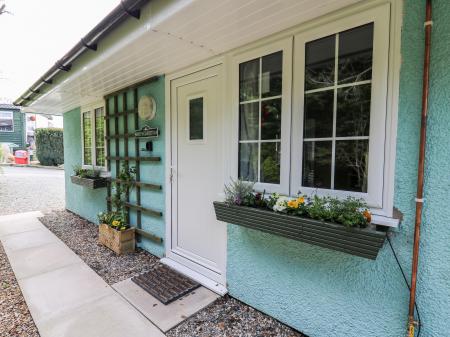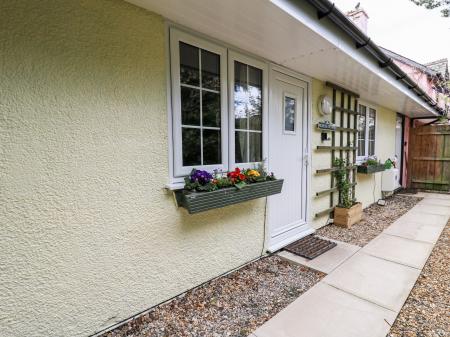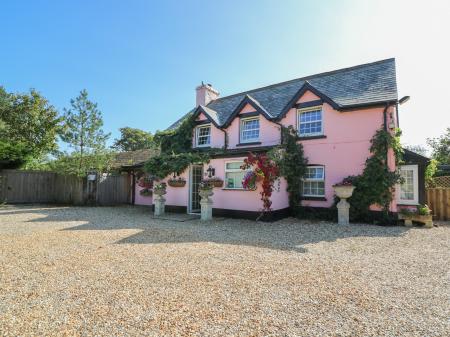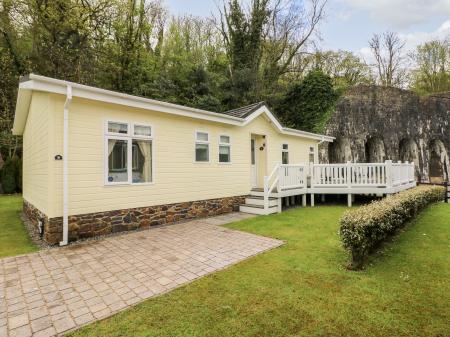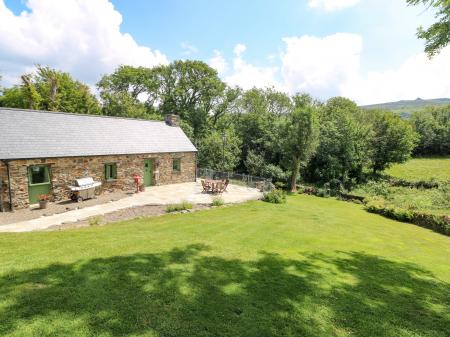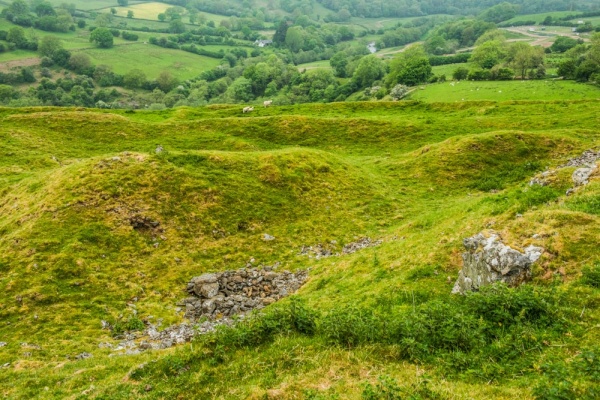
It is possible that Mortimer's castle bailey was formed by the much earlier ramparts of an Iron Age hillfort.
Mortimer's castle was badly damaged in 1262 and as a result his family erected a second castle was to the south-west, beginning about 1273.
This second castle was badly damaged in Owain Glyndwr's revolt around 1406. The defences were repaired, and a house for the castle constable was built around 1432. By 1540 the chronicler John Leland recorded the castle as being in ruins and today there is little left of Mortimer's fortress.
The larger second fortress was composed of a round tower within a walled court, about 35 metres square. There were further round towers at the north and east corners, where the entrance probably stood.
At the base of the hill was a settlement, occupying a riverside terrace of land. We do not now when the town was founded, but it was granted a market charter in 1297. The settlement became a borough, but its prosperity seems to have been short-lived. Despite that fact Cefnllys was one of 5 Radnorshire boroughs that jointly elected an MP under the 1536 Act of Union. Nothing remains of the settlement beyond the isolated medieval church, dedicated to St Michael and known in Welsh as Llanfihangel Cefnllys.
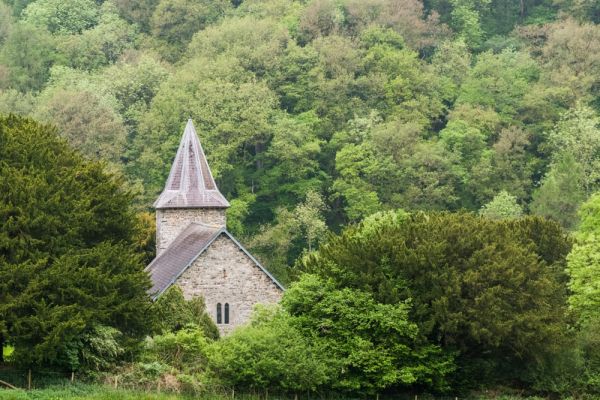
Visiting
This is where it gets a bit tricky. There are no signs to the castle, and as the saying goes, if you didn't know it was there you wouldn't know it was there. Here's how to find the caste site.
From the centre of Llandrindod Wells follow Spa Road East. The road turns into Cefnllys Lane as it leaves the town. Follow the lane until you reach a picnic area at Shaky Bridge, on the east bank of the River Ithon. There is a free parking area with several picnic tables beside the river. Cross the bridge and you can see a well-trodden path to St Michael's church to the left.
Ahead is the ridge of Castle Bank. There are no good trails to the top, and if the bracken is high you will have a bit of a slog getting up the hill, but there is no way to get lost; just keeping climbing until you reach the nearest, very obvious summit. It should take about 15 minutes to reach the top.
This is Castle Hill, the second, smaller fortification erected by the Mortimers. The most impressive bit of this castle is a rock-cut ditch, creating a formidable barrier and isolating the summit from the ridge. Around the summit you can see signs of quarrying and definite defensive earthworks.
Look north-east to the larger and more impressive first castle, defended by deep ditches and banks. You can clearly see rectangular earthwork enclosures, but there is very little evidence of obvious stonework.
The views from the castle are wonderful, and make the climb well worth it, even if the tangible castle remains are relatively sparse.
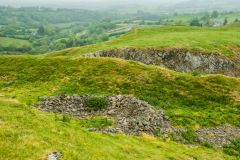
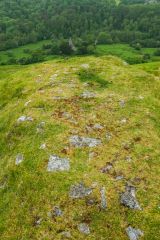
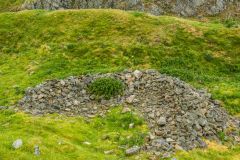
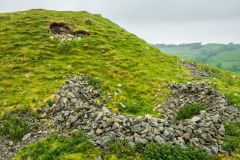
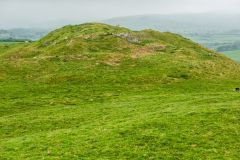
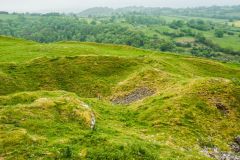
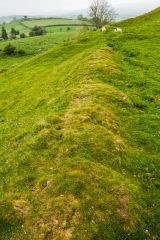
 We've 'tagged' this attraction information to help you find related historic attractions and learn more about major time periods mentioned.
We've 'tagged' this attraction information to help you find related historic attractions and learn more about major time periods mentioned.